The Basilica of St John is in the centre of Selçuk which is a few miles from Ephesus. It was built in the 5th Century and possibly contains the burial place of St John the Evangelist. A small church was built here in the 4th Century and a very large Basilica constructed in the 5th Century – it is the remains of the basilica which dominate the site today.
The entrance is through walls constructed in
the 7th Century to protect the Basilica from attack.
This model shows how it was originally thought to have looked, today the view that
greets you is recognisable in the above.
There was an earthquake in the 14th Century which caused most of the basilica to collapse.
The tomb of St John is supposedly in the centre of these four pillars under the central dome of the Basilica.
The original font was a “walk into it by going down steps and walk out of it by going up steps” type, suitable for large scale speedy baptisms.
Scattered around the site are numerous archaeological odds and ends which add to the ambiance of the site.
a store cupboard perhaps and a fresco of a gladiator,
a Capitol from the original Basilica
and a game carved into the pavement – games of various shapes and sizes are very common in many Roman cities. It really is a lovely atmospheric site.
Standing in a cloister like construction (built on top of Roman style vaults to compensate for the slope of the hillside), one can see the 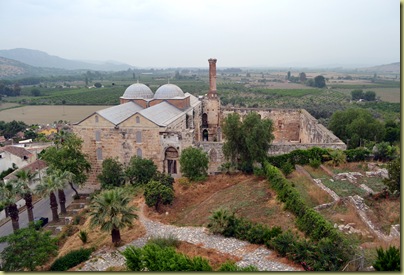
13th-century İsa Bey Mosque and a little further away are the scant remains of the
Temple of Artemis which was one of the Seven Wonders of the Ancient World.
Now, all that can be seen of this wonder is a single pillar standing in the middle of water.
From its plans, one can see that it must have been enormous and impressive in its day.
From the temple, there is also a good view of the Mosque (foreground), the Basilica (middle right) and the Selçuk fortress (top centre) which is not open to the public.
The mosque is similar in construction and design to most mosques
but inside if you look at the pillars supporting the roof, you can see two
different types of capitols, one of which clearly has been recycled from the Basilica.
Ephesus
Ephesus is probably the most visited tourist site in Turkey after Istanbul. Its popularity is due in no small part to the fact that the nearby port of Kusadasi can accommodate four large cruise ships at once. This means that up to 10,000 cruisers may descend on Ephesus in a day. We were advised that if we saw them coming towards us, we should stand back and let them pass because such was the tightness of their schedule (they had to be back on board soon to eat again) that they would have passed us by within a few minutes. Certainly this was the case at another site we went to where a cruise ship worth of visitors did the site in 10 minutes – it took us 3 hours.
Just outside of one of the entrances to the site is a stall which makes no attempt to hide
what it is selling to suspicious tourists!
We entered at the top end and chose to walk down through the town, partly because it is easier walking down hill and partly because most of the coach parties enter from the bottom where the coach park is enormous.
The entrance here is nothing special and the immediate vista is rather a disappointment for a city built dating from 300BC built by Lysimakhos who was one of Alexander the Great’s generals.
Pilled on one side were a large number of clay water pipes dating from 300BC onwards. it has been estimated that the city housed around 200,000 people and hence its water consumption was significant and there was an enormous water collection system in place.
When we were out in the hills the previous day, we came across one of the original viaducts built to feed the city.
Here, the water pipes continued down the street under the pavement in most places.
The Agora is fairly typical of its type
and apart from the history attached to the Temple of Domitian, it is relatively ordinary.
This frieze corner section is a popular spot for tourist photographs and is found at the top of Curetes Street. Although the city was laid out on a strict grid pattern, this street cuts diagonally across the grid.
Passing through the Hercules gates posts which were erected in the street to stop carts going all of the way up the street (essentially creating a cul-de-sac), there is a part of a statue base with the entwined snakes of Asclepius and at this point, one hits the majority of the 10 minute visitors (!)
Further down the street is a large Nymphaeum (fountain) which was probably the end of one of the aqueducts and also a water collection point for those who could not afford to have water piped into their houses.
The spare water flowed down the street in underground pipes and then through the
public toilets (an impressive 84 seater) and baths as a continuous flush system.
On Curetes Street (hence to one side of the baths which are very large) is the Temple of Hadrian with a very nice frieze around the
top. It is a good example of stone carving
The rest of the street in unremarkable, there is a relatively poor mosaic on one side and a clear indication of the grid pattern with a side road running up the hill on the other.
However:
towards the bottom and to the side is a most remarkable part of the old town which you can walk through and above and around.
A very large canopy has been erected over a section of the city which ran up the hill and for an additional fee, you can walk through it.
and as you do so, you are walking through archaeology in progress. Scattered around are large tables with sections of wall marble
or coverings painstakingly being put back together like a jigsaw with no picture and some of the pieces missing.
You can walk through corridors and under arches
and this dome particularly pleased me because of the quality of its construction (eventually hidden by plaster).
One obviously wealthy owner’s house has a very large arch covered hall inside with some
very nice wall paintings in an adjoining side room.
As you ascend up the hillside, you get a chance to look down on houses
and see how they were constructed and also some mosaics running down corridors or filling rooms.
These are very dusty but had they been
rubbed down with a damp cloth, the colours
would have been startling.
There are numerous examples of wall paintings in all of the houses. We have seen better quality elsewhere but never so many in such a “this is what it looked like when it was lived in” situation.
There is even an example of concealed plumbing in one house where the original earthenware pipes running down one corner can be seen plastered over.
Wandering through here was one of the highlights of our trip. The Celsus Library is astonishing because of
its size.
what it represented in terms of culture and learning,
what it would have looked like inside, if this artists image is at all accurate
its design with essentially a cavity wall to protect the scrolls inside from damp,
its imposing position in a central part of the city
and the very large arches
and the inscriptions above them which lead into the lower Agora.
Entering the theatre takes you into a place of biblical history. Originally Hellenic, it was extended twice during the roman period
and it does not take much effort to imagine what it was like in the days of St Paul with all of its up to 24,000 seats filled.
near the theatre is the “Marble Street” (because there was a lot of marble there), miraculously nearly empty because of the heavy rain.
Parts of Ephesus are quite ordinary in that one can see the like (or better) in many ancient cities. However, what was very impressive and unique was the walk through and above the remains of the Roman town on the hillside and also the reconstruction of the Library. It was also quite magic to stand in the same theatre where the Silver Makers met to protest about the number of customers they were loosing to Christianity because of the work of St Paul.

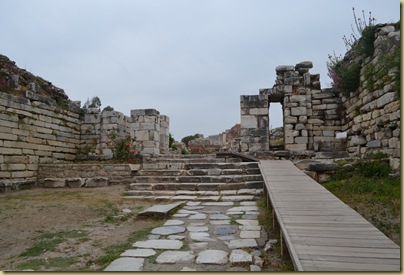
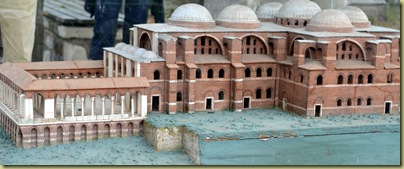
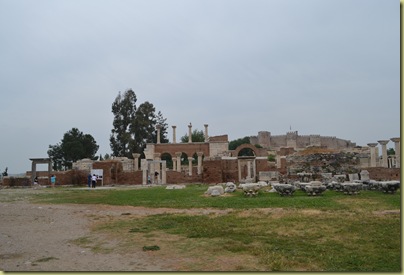

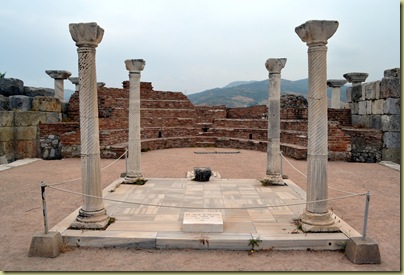
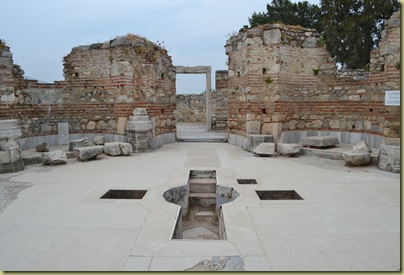
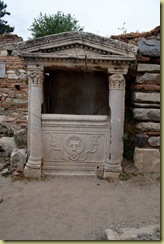
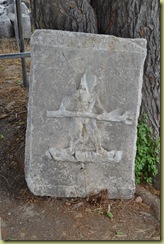
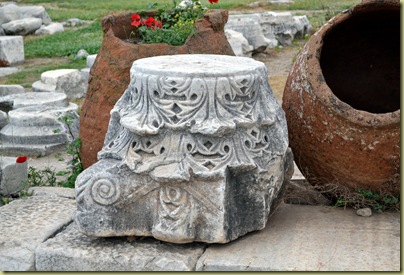
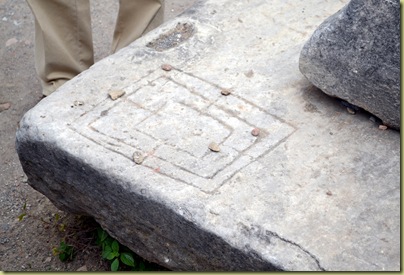

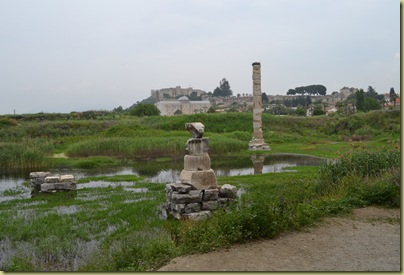
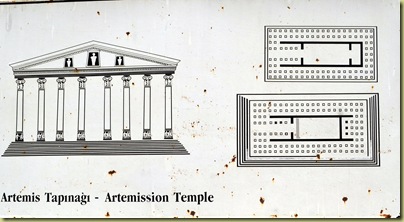
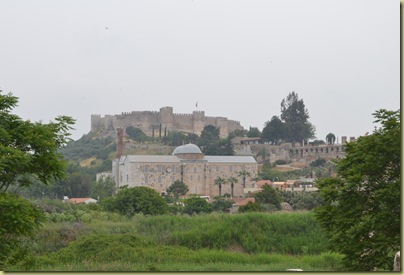
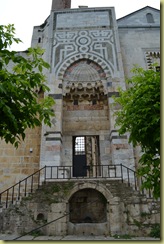

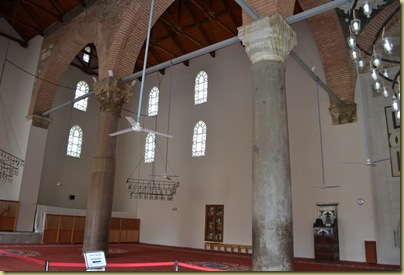
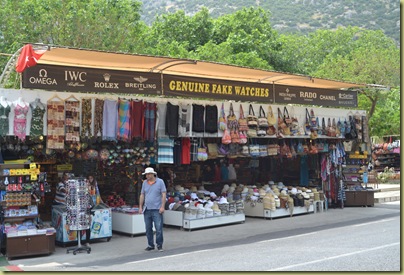
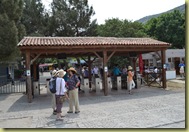
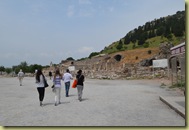

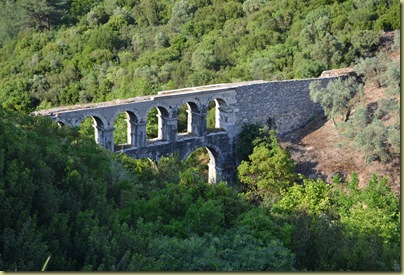


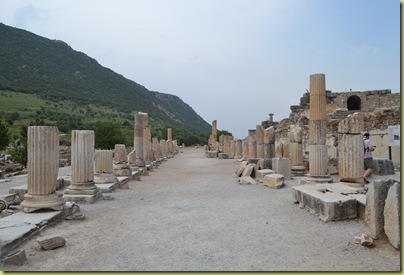

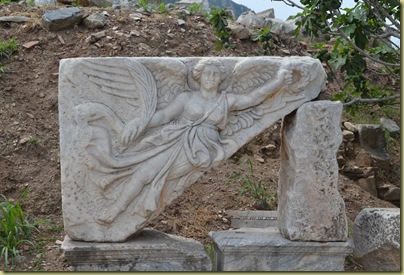

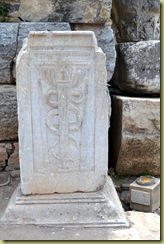
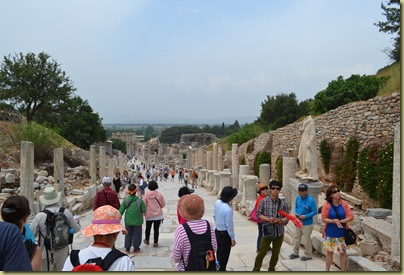
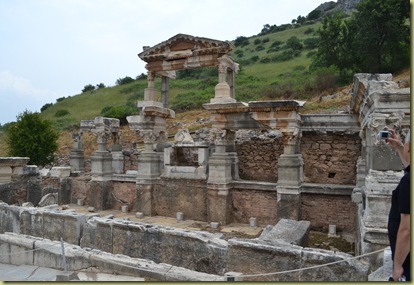

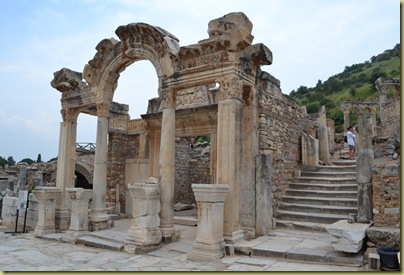
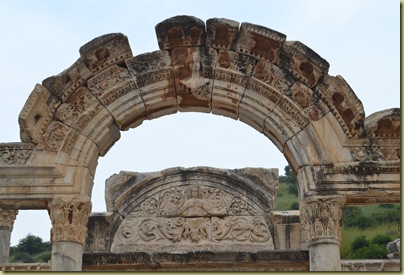
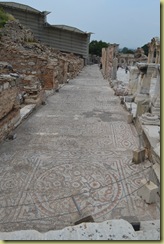

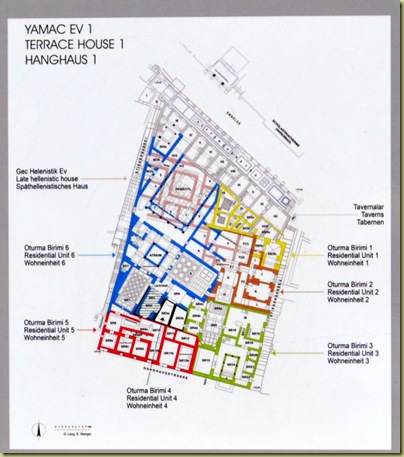


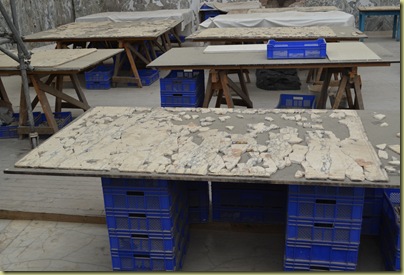
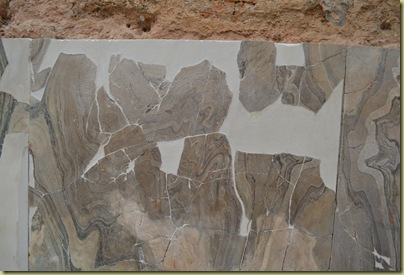
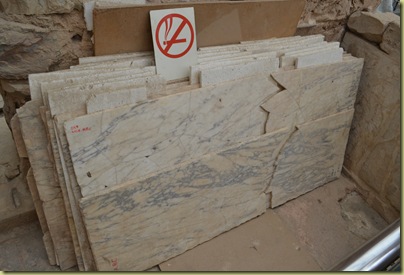
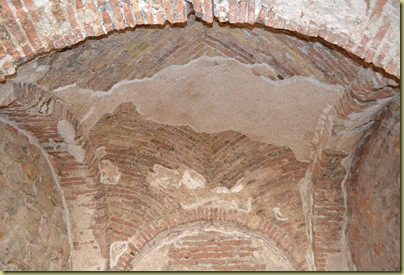
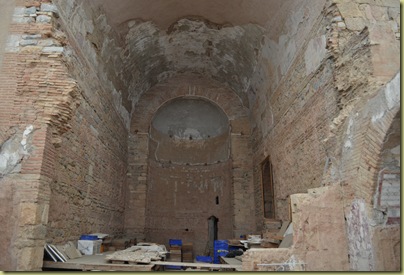

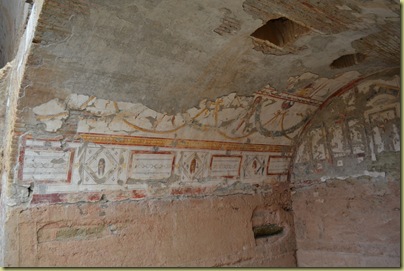
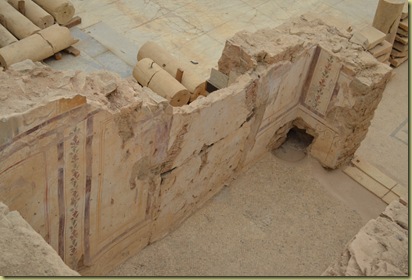
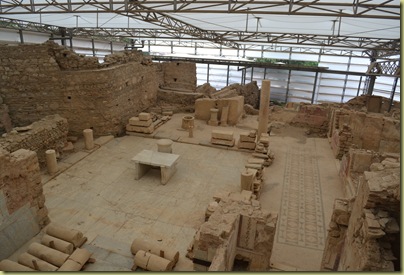
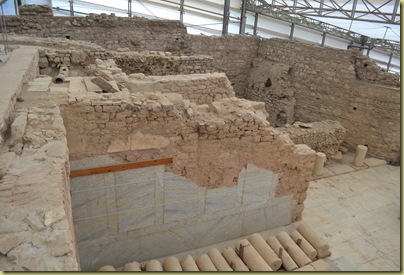
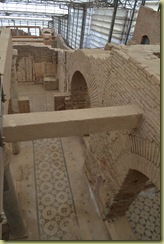
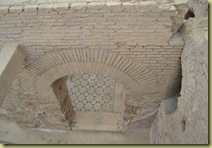
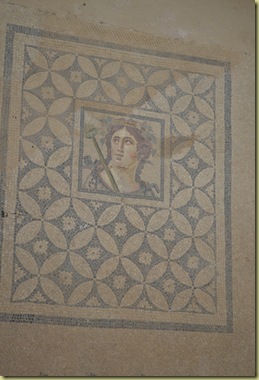
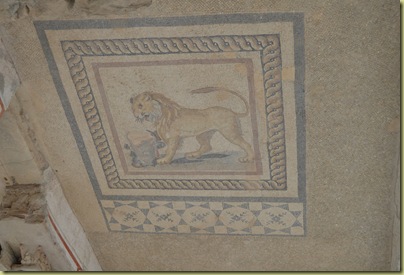
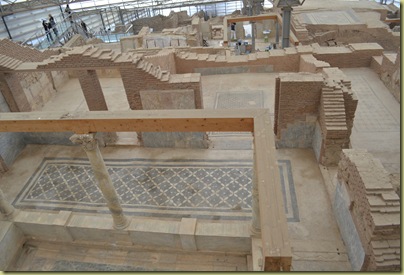
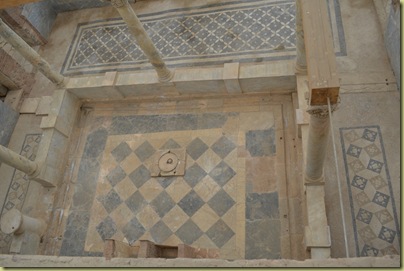
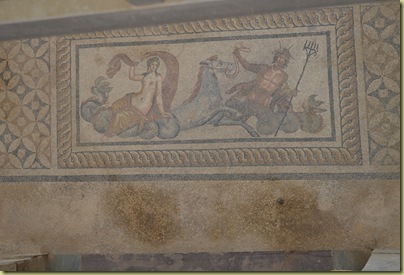




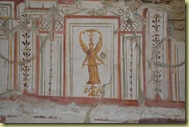
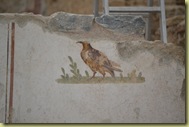

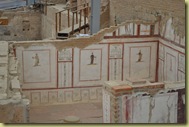
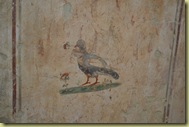
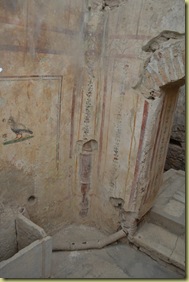
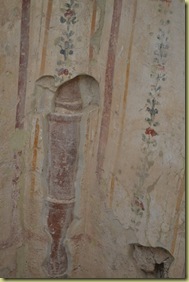
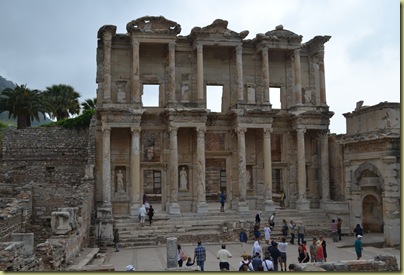


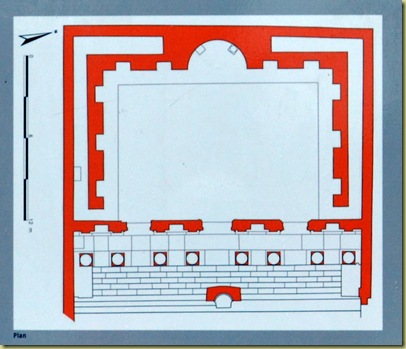

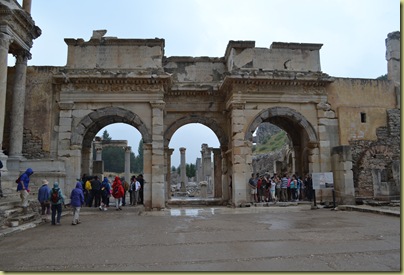
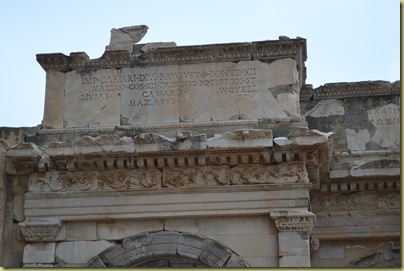


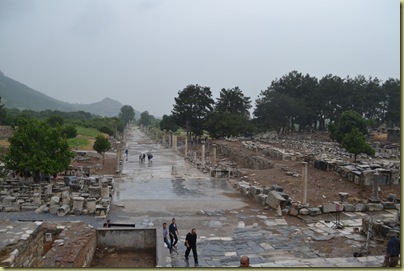
No comments:
Post a Comment